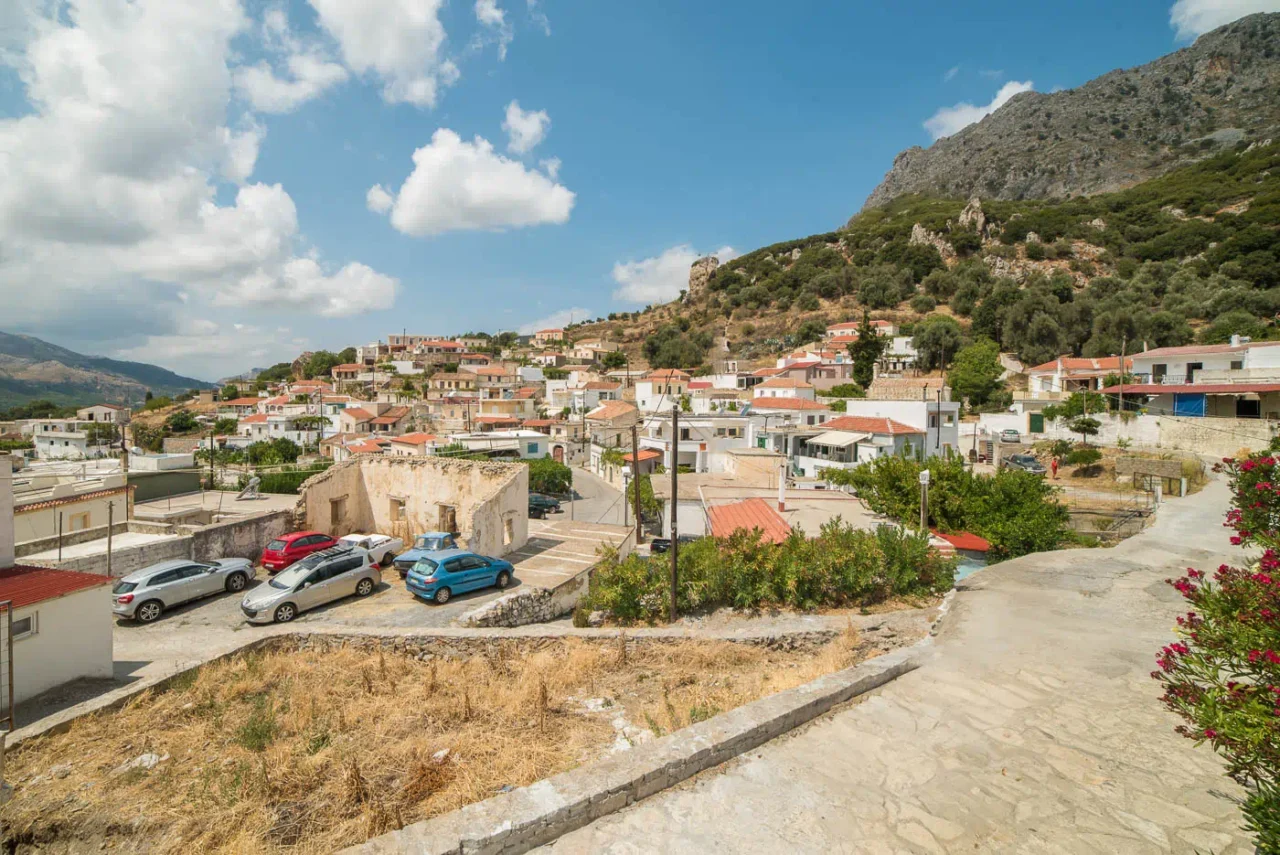
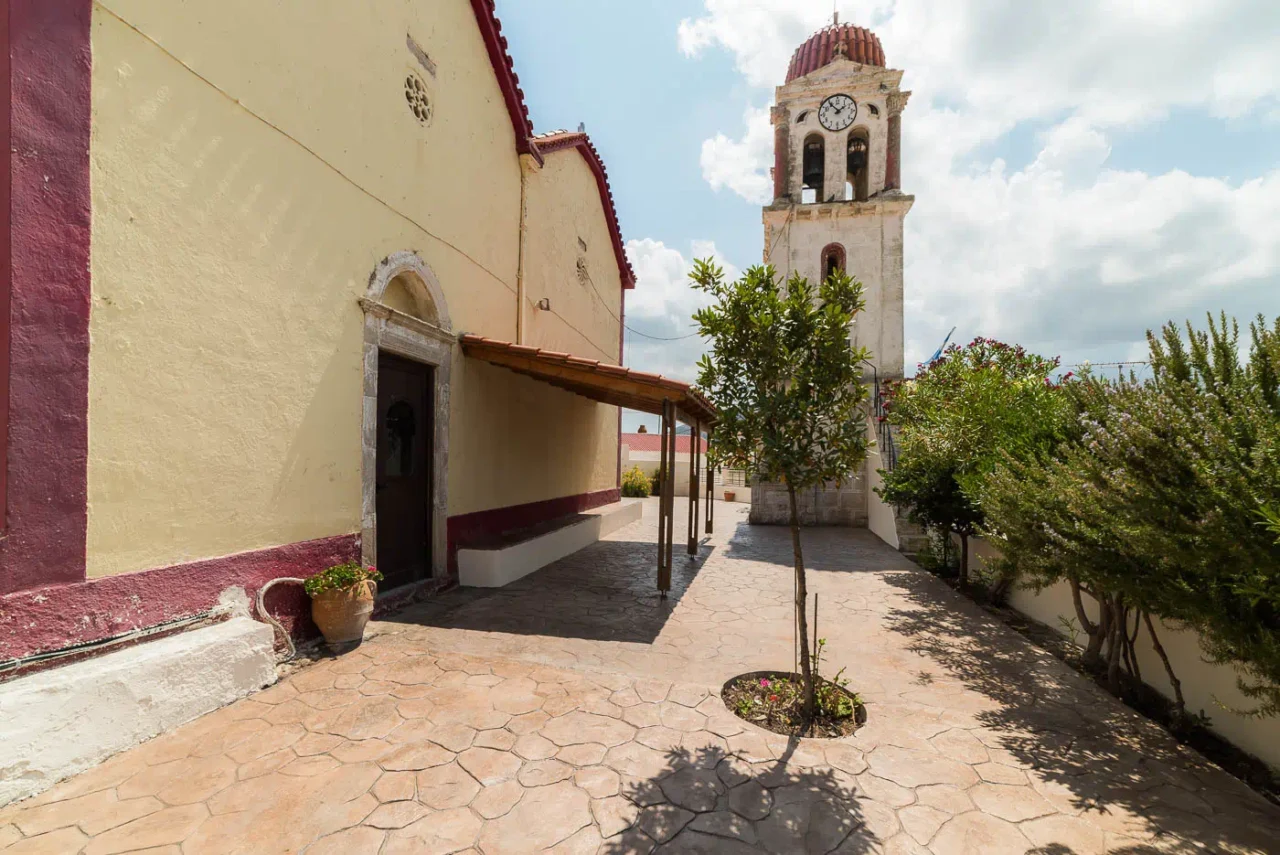
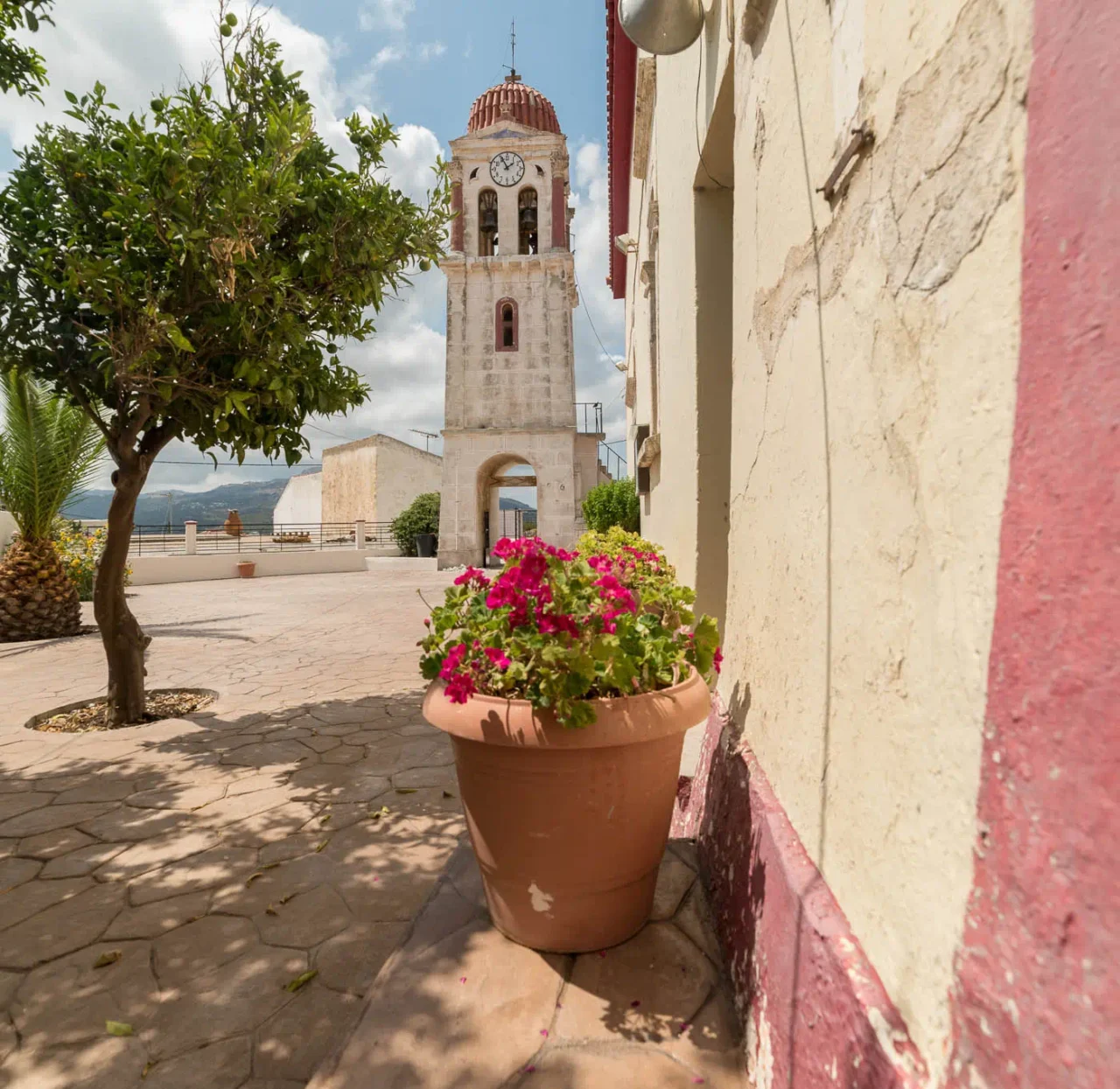
Vistagi is a village in the Amari municipality, located in the Rethymno regional unit on the island of Crete, Greece. Situated at an elevation of 500 meters on the western foothills of Mount Psiloritis, Vistagi is one of the largest settlements in the Amari region. The village is approximately 38 kilometers from Rethymno. The primary occupation of the residents is livestock farming.
Historical References
The earliest references to Vistagi date back to the Venetian period in the 16th century, when it was documented under the name “Pistagi.” This suggests a history intertwined with the Venetian presence on Crete, which lasted for several centuries. The village likely played a role in the agricultural and economic activities of the region during that time.
The name “Vistagi” itself is believed to be derived from the Greek words “pisti” (meaning “faithful”) and “gi” (meaning “earth”), reflecting the village’s connection to the land and its people’s resilience. The various names the village has been known by throughout its history – Pistagi, Bistagi, and Vistagi – demonstrate the linguistic evolution and cultural influences that have shaped the region over time.
Location and Dimensions
Vistagi is situated at the western foothills of Mount Psiloritis, also known as Mount Ida, the highest mountain on Crete. This mountainous terrain has influenced the village’s development, shaping its architecture, agricultural practices, and cultural traditions. The village’s elevation of 500 meters provides stunning views of the surrounding landscape and contributes to its pleasant climate.
Historical Significance
Vistagi’s historical significance lies in its long and continuous occupation, dating back to at least the Venetian period. The presence of remnants of an earlier settlement at Xerochori indicates even deeper historical roots. The village has witnessed centuries of Cretan history, from Venetian rule to Ottoman occupation and ultimately Greek independence.
The Venetian tower ruins above the village serve as a tangible reminder of the island’s past. These fortifications were likely part of a network of defensive structures built by the Venetians to protect against external threats and maintain control over their Cretan territories.
Population Data Over the Years
Year |
Population |
|---|---|
1900 |
527 |
1920 |
538 |
1928 |
529 |
1940 |
470 |
1951 |
437 |
1961 |
422 |
1971 |
328 |
1981 |
293 |
1991 |
230 |
2001 |
239 |
2011 |
201 |
Churches
The two-aisled parish church is dedicated to the Dormition of the Virgin Mary and Saint Charalambos. According to tradition, it was built in the early 19th century. Other churches in the village include Agia Varvara, Agios Georgios (which previously served as a school), the Church of the Transfiguration next to the Heroon, and the cemetery church of Agios Antonios.
Current Status
Today, Vistagi remains an active village, albeit with a smaller population than in its past. Livestock farming continues to be the primary occupation of its residents, reflecting the village’s deep connection to the land and its agricultural traditions. Tourism also plays a role in the local economy, with visitors drawn to the village’s natural beauty, traditional architecture, and cultural events.
Despite the challenges of rural depopulation, Vistagi maintains its cultural vibrancy. The village’s annual festival, folklore museum, and traditional ceramics workshop showcase its rich heritage and provide opportunities for cultural exchange and celebration. Vistagi stands as a testament to the resilience and enduring spirit of its people, who continue to preserve their traditions and way of life in the face of change.
Village Key Points
- Historical References: The village has been documented since the 16th century under various names, including Pistagi, Bistagi, and Vistagi.
- Location: Vistagi is situated on the western foothills of Mount Psiloritis in the Amari region of Crete.
- Elevation: The village is located at an altitude of 500 meters.
- Population Data: The population has fluctuated over the years, with 527 residents in 1900 and 201 in 2011.
- Current Status: Vistagi remains an active village with a focus on livestock farming and tourism, preserving its traditional architecture and cultural heritage.
Access
Vistagi is 21.1 kilometers away from the town Tympaki and 3.3 kilometers away from Amari.













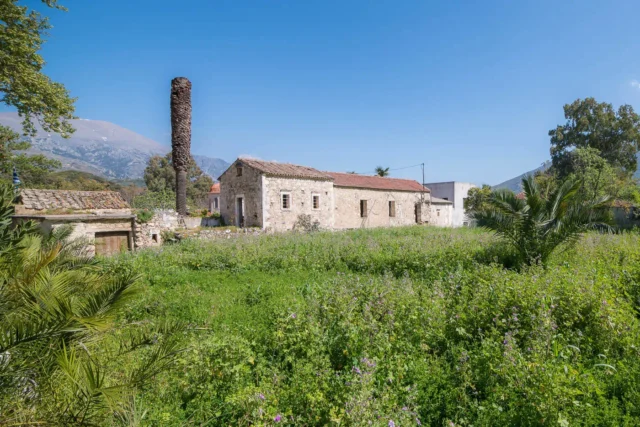

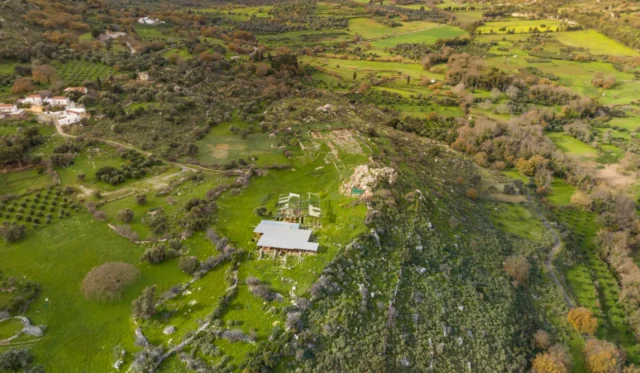
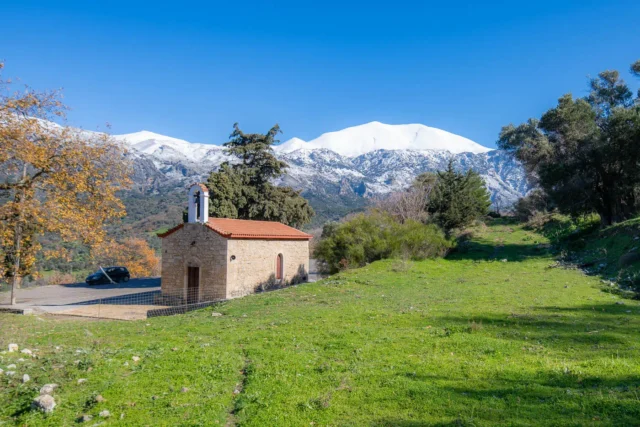

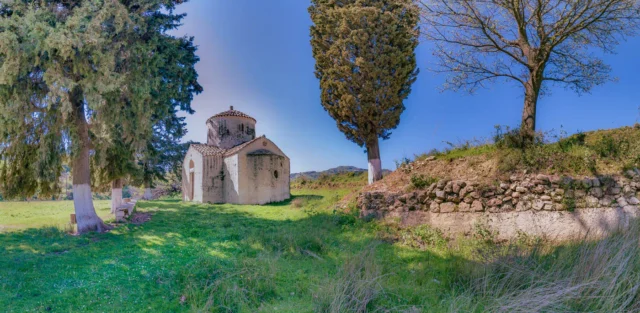
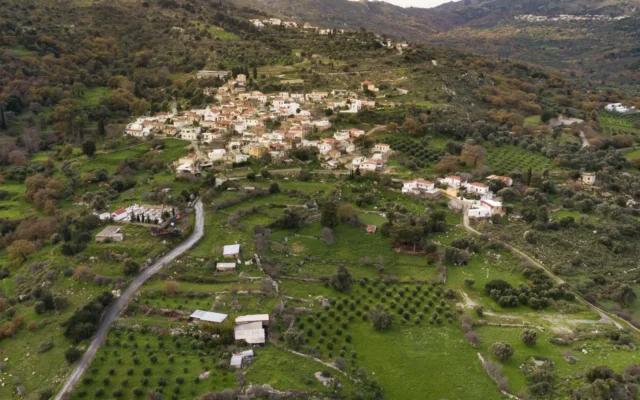
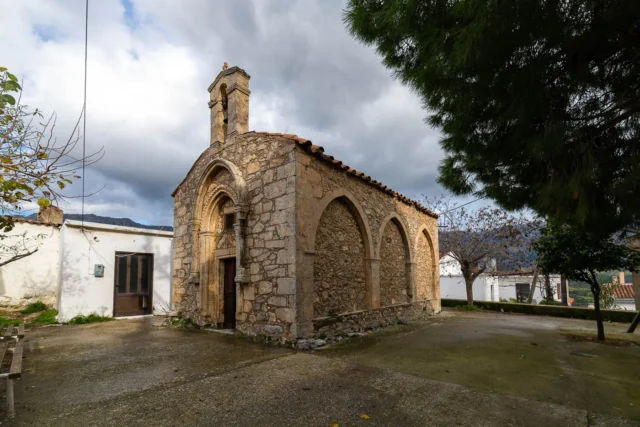
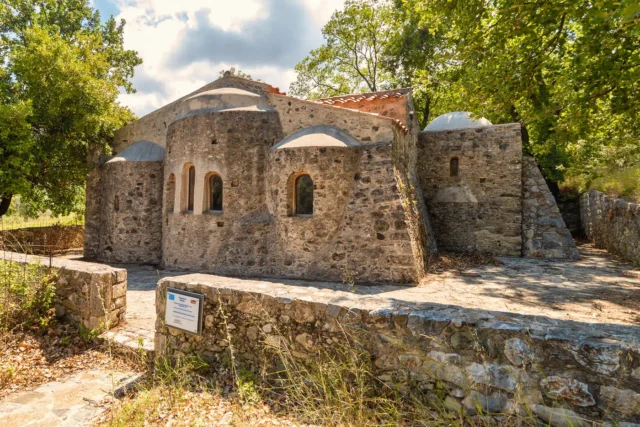
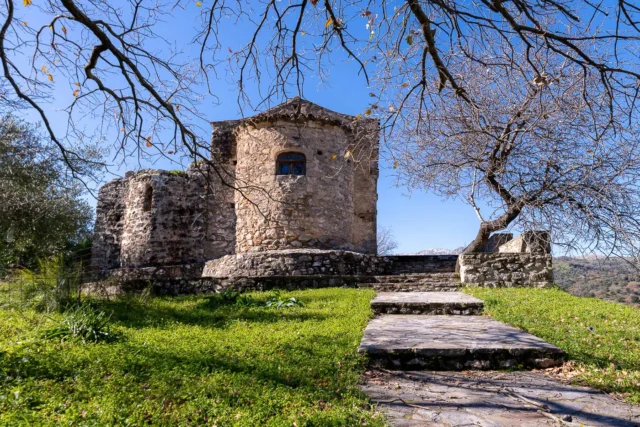
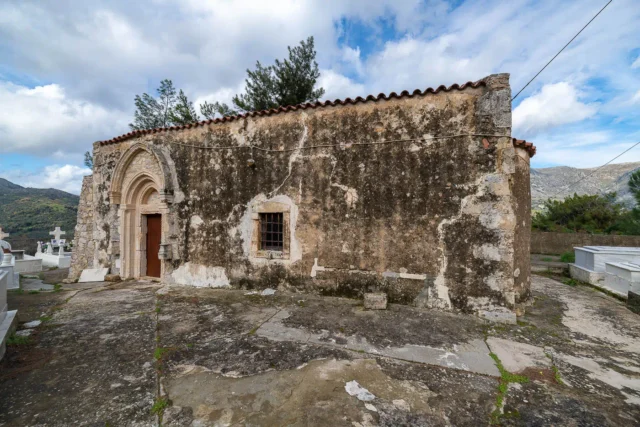
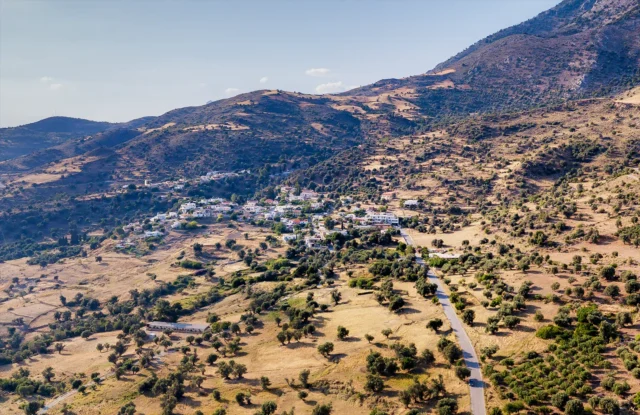

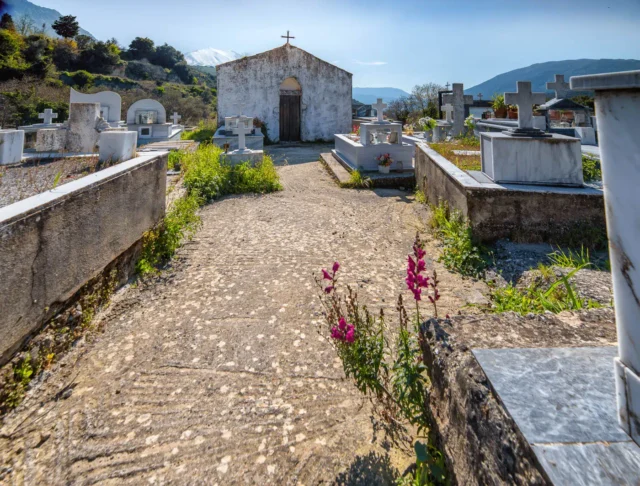
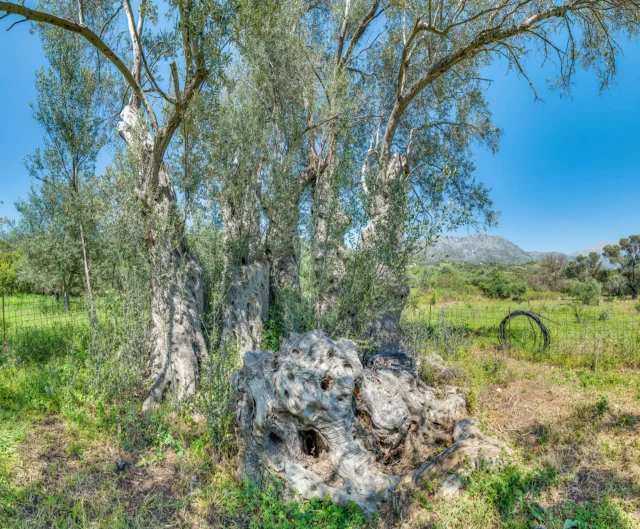
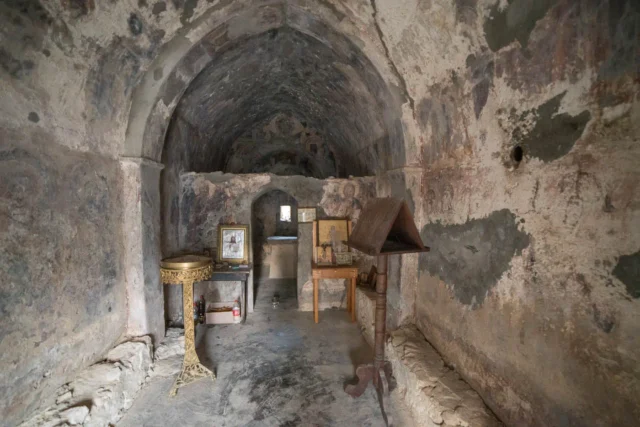
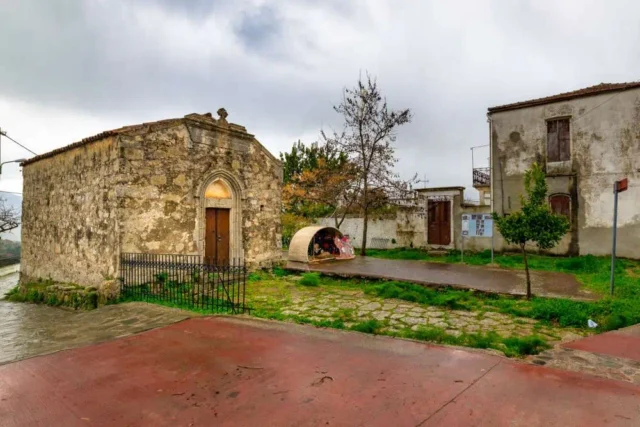

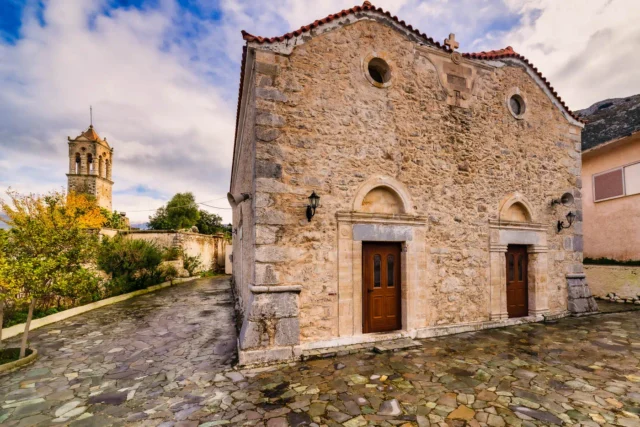

There are no comments yet.